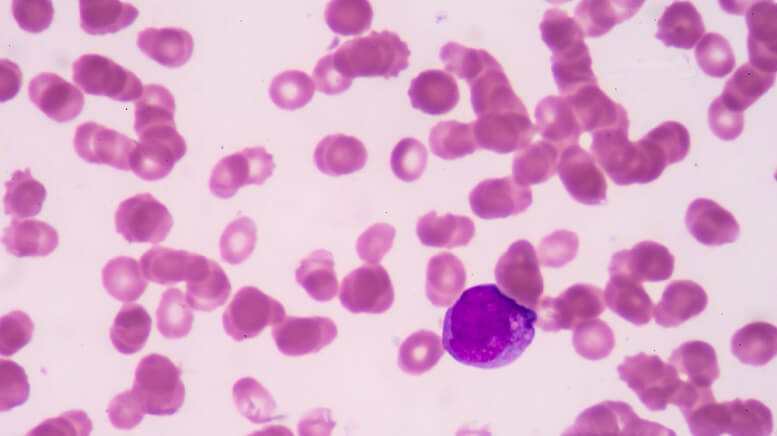What is eosinophilic asthma?
Eosinophilic asthma, also known as E-Asthma, is a unique type of severe asthma, which is characterized by elevated levels of eosinophils. As a natural component of the body’s immune system, eosinophils are resistant to infection and attack invading bacteria. However, in patients with E-Asthma, the eosinophils can cause respiratory inflammation and swelling.
For a long time, doctors believe that asthma is only a kind of disease. But they now realize that asthma is far more than what they had thought before. It’s more like a collection of conditions, for there are some differences, such as the age at which you started to have it, the symptoms you get, and how to treat it more effectively.
What are the symptoms of eosinophilic asthma?
As a subtype of asthma, it is harder to get treated and keep in check for adults with E-Asthma because their symptoms may be similar to other types of asthma. Additionally, patients with eosinophilic asthma usually have other health conditions, so it is difficult to determine what level or type your asthma is at.
Common symptoms of eosinophilic asthma include:
- Shortness of breath or difficulty breathing
- Wheezing
- Coughing
- Chest tightness
- Airflow obstruction
- stuffy nose
- nasal drainage
- chronic sinus infections
- lost sense of smell
- nasal polyps
How is it diagnosed?
Doctors will turn to a treatment of asthma once they have nailed down the diagnosis of asthma. But if the treatment is not effective after you are diagnosed, your doctor may suspect that you suffer from a less common subtype of asthma. They may assess your condition and look for additional signs or symptoms to guide them in making a diagnosis.
In terms of E-Asthma, the easiest way is to check your white blood cell levels. Therefore, your doctor will collect your blood, sputum, or saliva and send it to the laboratory for testing. If your eosinophils are at a high level, the doctor can confirm the diagnosis that you have E-asthma.
In addition to blood tests, your doctor may perform a physical examination. Certain physical symptoms like nasal polyps can also be evidence to confirm the suspected diagnosis. With both blood tests and physical exams, doctors can come to a conclusion for your asthma.
What are the treatments for eosinophilic asthma?
In the United States, one out of every 12 people has asthma. However, as scientists become more aware of asthma, they have found that “asthma” may be a general term used to describe many different chronic respiratory diseases. Each case requires a specific form of treatment, especially the subtype of asthma. Individual treatments for each subtype can help you get the best results for this situation. The number of eosinophils or white blood cells that fight disease from your blood, lung tissue, and the mucus you cough will be larger than normal when you have eosinophilic asthma.
Traditional treatments of asthma involve:
- Corticosteroids
- Fact-acting inhalers
- Leukotriene modifiers
- Biologic therapies
Oral corticosteroids have been the standard treatment for eosinophilic asthma. These kinds of medicines do not always successfully control the disease, although they are effective for many people.
New treatments known as biotherapies are being used to treat this condition. Medications called leukotriene antagonists can also be used to reduce inflammation. In addition, antibiotics can be used to treat sinus infections, which often accompany this type of asthma.
Featured image: DepositPhotos – imagepointfr









